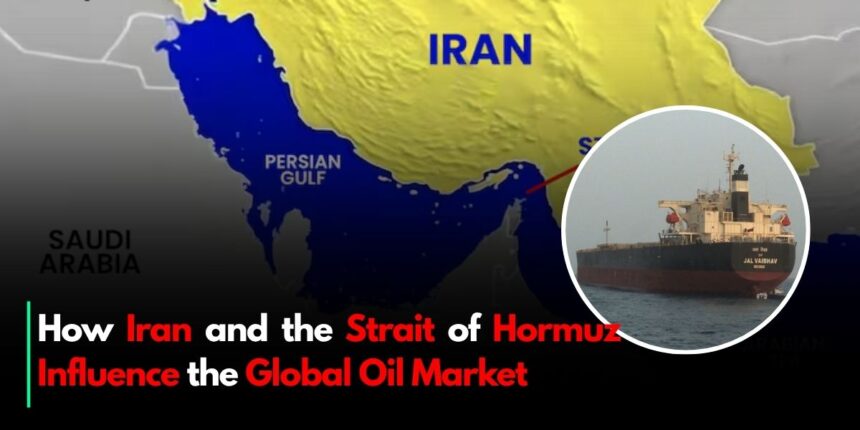Though it looks like a few gallons of water and you can even see space for the bigger barges to almost pass each other side by side. The Strait of Hormuz is a 2.7 mile body of water that connects the Persian Gulf to the Gulf of Oman and then to the Arabian Sea. This strait looks small. It is approximately 33 km at it’s narrowest. However, the economic and political implications are worldwide.
A hurdle for 20% of the world’s oil
The U.S. Energy Information Administration says that around 20 million barrels of oil pass across this strait every day. That’s about 20% of the world’s oil use, and much more when you include in liquefied natural gas (LNG). Hormuz is important because it is the only real maritime route out of the Gulf’s energy-rich shores, which are home to Saudi Arabia, the UAE, Kuwait, Iraq, Iran, and Qatar.
There are other pipelines that can be used from time to time, such the East–West Pipeline in Saudi Arabia or the Abu Dhabi pipeline to Fujairah. However, these can only manage a minor amount of the two-day volumes. Hormuz is still the major place where much of the Gulf gets its crude oil and LNG.
Why Iran Is Such a Threat
Iran has used Hormuz in the past to get what it wants. Because of where it is, it might risk a blockage, which makes oil prices go up right away. Many experts concurred with this fear when small tankers collided against one other in late April, threats were made to jam GPS signals, and Tehran investors.com even sent out loud warnings over and over again.
Most experts still think that a full closure is improbable because it would be too expensive for Iran. The markets are still nervous, but for now they are stable. After some recent tensions, global oil futures rose by 8%, but prices fell back down almost away as it became evident that a full blockade was not going to happen.
Why You Should Care
The problems in Hormuz don’t just concern the Gulf countries. This route is very important for China, India, Japan, and South Korea, among other countries. When ship owners see a risk, they hike the price to go through the strait or around Africa’s Cape of Good Hope. That makes oil and gas more expensive since delivery costs more. all throughout the world
If the situation doesn’t change, a short-term strain on Hormuz may raise world oil prices by $10 to $30 per barrel, or even more. Customers will have to pay more for items like gas, heat, and other things they need.
What Global Security Measures Are
The thing that the International Maritime Security Construct provides is a naval force from other countries that look after business in the strait to keep things within the bounds of craziness. The U.S. Fifth fleet and its allies formed, Britain, Australia, the United Arab Emirates are some forces that help keep ships safe traveling through.
But the area is still quite unsafe. Any attack by a militant or mistake could have ramifications that are felt thousands of miles away.
The Strait of Hormuz is small, but it has a big effect on the world’s energy supply. When tensions rise, oil prices go up, shipping and insurance costs go up, and the economy of cities from Seoul to Seattle feel the effects. Not only for politics, but also for your money, keep an eye on Hormuz.








